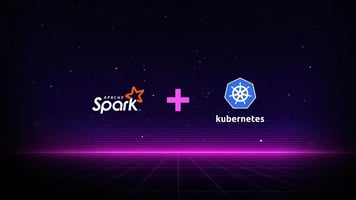The major pain points on a data-driven journey
Data is constantly moving in modern organizations. The goal for companies is to maximize the ability to move data from one place in their organization to another through technologies that can enhance and maximize data’s value.
By “Data Journey” we refer to the various stages by which data moves from collection to use. Traditionally, data is first collected and aggregated, and then stored. Later, the data can be used or shared among the stakeholders in a company.
Each of these stages must be taken into consideration independently because of different regulations and technology obligations that subsist in the different industries.
Each organization’s data-driven journey is unique and must be crafted according to the specific needs of the company but we identified some common pain also within the ones that rely on data-driven insights on a daily basis.
We divided them into four areas, from data gathering to consumption.

Data Collection
Data comes from many different sources. This makes the whole process of collection fragmented and difficult to handle. Moreover, many datasets in the real world are small, dirty and biased.
Inside the same company, there can be different versions of the same data and thus there’s the need to keep track of versions and commits.
In addition to that, modern companies require large volumes of streaming data coming from the most disparate sources (like IoT and mobile devices), that are going to replace the need for old batch data.
Data quality and privacy
The concept of data quality is rising in importance in recent years. Data quality issues can result in uninformed decision making or inaccurate problem analysis.
The main challenge for companies is to improve data quality fast enough to compete in the industry.
Another problem is related to privacy and security which must fulfill the highest regulatory standards (GDPR), while introducing a data-centric approach based on accessibility for different roles and requirements.
Analytics and processing
Machine learning is everywhere and widely adopted.
To be performed, companies need to invest in advanced hardware and infrastructures. What happens is that businesses skip updated tech and hardware, and just dive deep into the model crafting stage.
There’s the need to perform real-time analytics at any scale in any programming language. Moreover, the results of such analysis should be immediately ingested into data products as fast as possible.
Consumption
Data is the new standard for high-quality decision making.
For this reason, the most effective approach to building a model usually doesn’t start with the data, but with identifying a business niche and determining how the model can improve performance.
Many analytics solutions implementations fail because they aren’t in sync with a company’s day-to-day processes and decision-making norms. Developers need to understand the types of business judgments that all the stakeholders make to align their actions with broader and more commonly adopted company goals.
Conclusion
It’s crucial to manage data flows responsibly and if not done properly, can result in huge losses of market position against competitors.
Fyrefuse can help manage data flows and productionalise AI to reduce efforts and pain on producing data driven-insights while delivering data to all the business areas of your company.
.png?height=200&name=Untitled%20presentation%20(2).png)
.webp?height=200&name=img-01%20(2).webp)







